1. Whose Farmers Market Is the “Most Authentic”
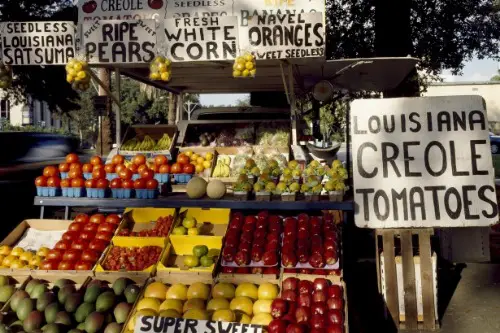
Every town insists theirs isn’t just a market, it’s a community experience. You’ll hear phrases like “all local vendors” and “no resellers,” as if allowing a single out-of-town cantaloupe stand would be an unforgivable scandal. Towns boast about the diversity of their offerings—raw honey, pasture-raised beef, heirloom tomatoes—as though they’re gourmet capitals. There’s always a vibe war going on: one market has a bluegrass trio, the next week another introduces a kombucha tap.
This competition gets particularly intense in small towns near each other, where vendors often sell at multiple markets. Local ordinances and market rules sometimes get tweaked just to “protect the character” of one market versus another. And don’t get someone started on who has the best sourdough baker. If a market makes it onto a regional “Best Of” list, you better believe it’ll be on the town’s welcome sign next year.
2. The Most Instagrammable Coffee Shop
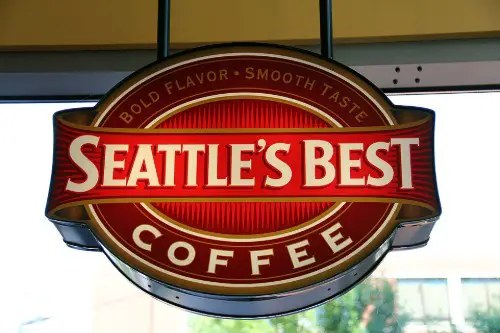
Every town has that café—the one with the exposed brick, Edison bulbs, and oat milk everything. While nobody says it out loud, opening the “coolest” coffee spot becomes a way of declaring cultural dominance. You’ll hear things like, “Ours isn’t a chain” or “Our baristas compete in latte art competitions,” and suddenly you’re in a full-on hipster showdown. Even the names compete: you’re either “The Grind” or “Bean There,” but never just “Joe’s.”
These spots also serve as unofficial town halls, and getting them mentioned in a regional travel blog can drive real foot traffic. Local leaders often quietly back these businesses with incentives because they know they boost walkability scores and economic development. You can bet someone’s counting how many patrons post the café’s mural to TikTok. Just don’t expect anyone to admit it—they’ll say, “It’s just about good coffee and community.”
3. Who Throws the Best Fall Festival
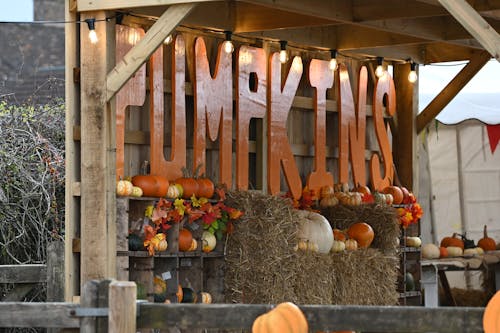
Apple picking, hayrides, and pie-eating contests are serious business. Each town claims its fall festival is just a fun, wholesome time—but the second another town books a slightly more famous country singer or brings in hot air balloons, it’s game on. Suddenly, organizers are looking into corn maze architects and chili cook-off judges with IMDb pages. And nothing says quiet rivalry like passive-aggressively expanding your pumpkin patch “just because the community asked.”
Fall festivals have become de facto tourism campaigns, bringing in dollars from neighboring counties and states. Local businesses get involved with pop-up shops and themed menus, turning it into a profit-driving machine. Even local newspapers join the fray with front-page spreads and best-dressed scarecrow contests. But sure, sure—“it’s not about outdoing anyone, it’s just tradition.”
4. Who Has the Best Public High School
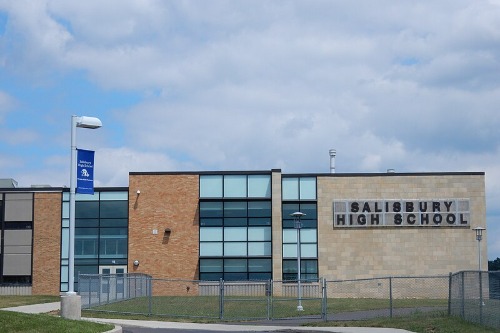
No town wants to say they’re in a bragging match over SAT scores and AP pass rates, but just bring up state rankings and watch the room tense up. Whether it’s National Merit semifinalists or the number of kids heading to Ivy League schools, local pride is closely tied to academic performance. Districts often tout things like student-teacher ratios and extracurricular breadth as unofficial badges of honor. The great irony is that even residents without kids in the system tend to talk up “their” school like a personal accomplishment.
Real estate values are directly influenced by school quality, so this competition has real-world consequences. Zillow and Redfin routinely show higher home prices in districts with top-rated schools, and families often pay a premium to be “in boundary.” As a result, towns pour resources into magnet programs and STEM initiatives in hopes of standing out. But ask a local school board member and they’ll still swear it’s “not about competition—just about serving our kids.”
5. The Prettiest Main Street
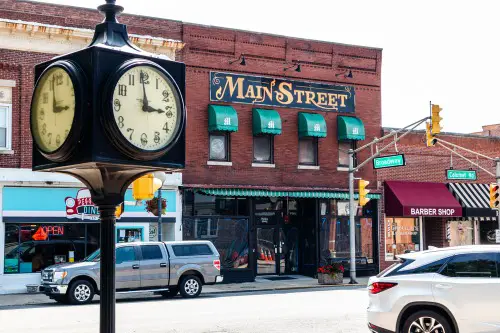
Ask any small-town mayor about their downtown and you’ll hear about charm, walkability, and “historic preservation.” But that pride has a competitive edge when neighboring towns update their sidewalks, add murals, or start hosting monthly art walks. Suddenly, flower boxes appear, lampposts get painted, and someone’s cousin who does graphic design is hired to redo the logo. Before you know it, a coffee shop installs reclaimed wood counters, and everyone’s pretending it’s always been that cute.
Main Street revitalization is also about attracting new residents and businesses, especially remote workers and boutique owners. Towns apply for federal and state grants under the radar, hoping to outpace each other without looking desperate. And let’s not forget the holiday season, when lights and wreaths become a full-on aesthetic arms race. Everyone claims it’s “just about community pride,” but let’s be honest—it’s also about looking better on Instagram.
6. Best Local Brewery or Distillery
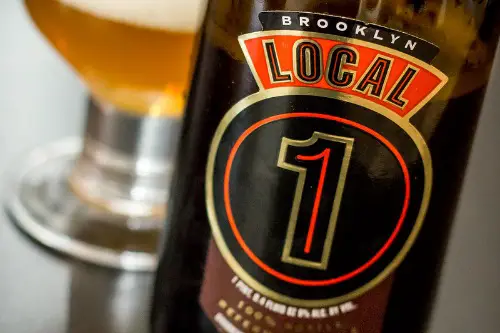
Craft beer has become the new civic pride point, and every town wants the bragging rights of having the most awarded IPA or smoothest small-batch whiskey. Breweries are often the first sign that a town is “up-and-coming,” and city councils know it. Towns compete to see who can host more tap takeovers, brew festivals, or collaborate with regional chefs. And heaven help the town that runs out of seasonal stout before Halloween.
Beyond pride, there’s economic incentive: breweries bring in tourism, support food trucks, and anchor revitalized warehouse districts. Local newspapers and lifestyle mags feed into the rivalry with “Top Ten Breweries” lists, which are basically bloodsport in some regions. Even names get competitive—everyone’s trying to be punny without being try-hard. And yes, every mayor has a favorite brew—but they’ll never say it’s “better” than the next town over. Of course not.
7. Whose Christmas Parade Is More Magical
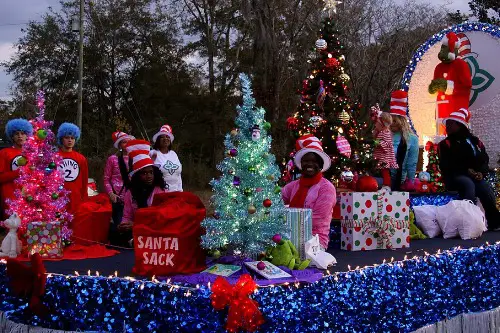
The lights, the floats, the high school marching bands—it’s like a Hallmark movie with a competitive streak. Towns act like their holiday parade just happens organically, but the planning is cutthroat. One town adds a drone light show, and suddenly the next is hauling in 50,000 LEDs and training their golden retriever club to walk in formation. Local Facebook groups light up with “suggestions” that just so happen to mirror what other towns did better last year.
This rivalry ramps up with local TV coverage and sponsor donations. Small-town hardware stores, banks, and realtors all want their float to be the one that gets front-page coverage or wins “Best in Show.” You can even find entire Pinterest boards dedicated to past parades—like, this is an actual archival practice now. But it’s “just a celebration of the season,” right?
8. The Most Unique Town Slogan
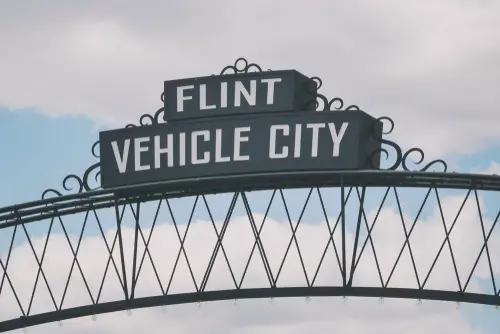
Nothing gets a town’s branding committee in a tizzy like hearing that their neighbor just rebranded as “The Gateway to Wine Country” or “Where Nature Meets Innovation.” Suddenly, meetings are scheduled, marketing firms are hired, and someone’s grandma is being interviewed for the origin story behind the original town motto. A good slogan can show up on everything from bumper stickers to water towers—so yeah, it matters. Especially if it gets picked up in a travel guide or shows up on a sweatshirt in a major airport.
These taglines are about more than civic pride—they’re identity-shaping. Whether it’s “A Great Place to Raise a Family” or “More Than a Dot on the Map,” the goal is to stand out without seeming like you’re trying too hard. That’s why so many slogans end up sounding suspiciously similar—it’s tough to be catchy, unique, and modest all at once. But rest assured, the moment one town updates theirs, five more are workshopping alternatives by Monday.
This post 8 Things Every U.S. Town Pretends It Doesn’t Compete Over—But Totally Does was first published on American Charm.


